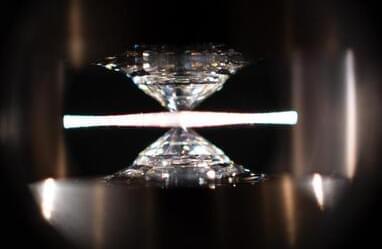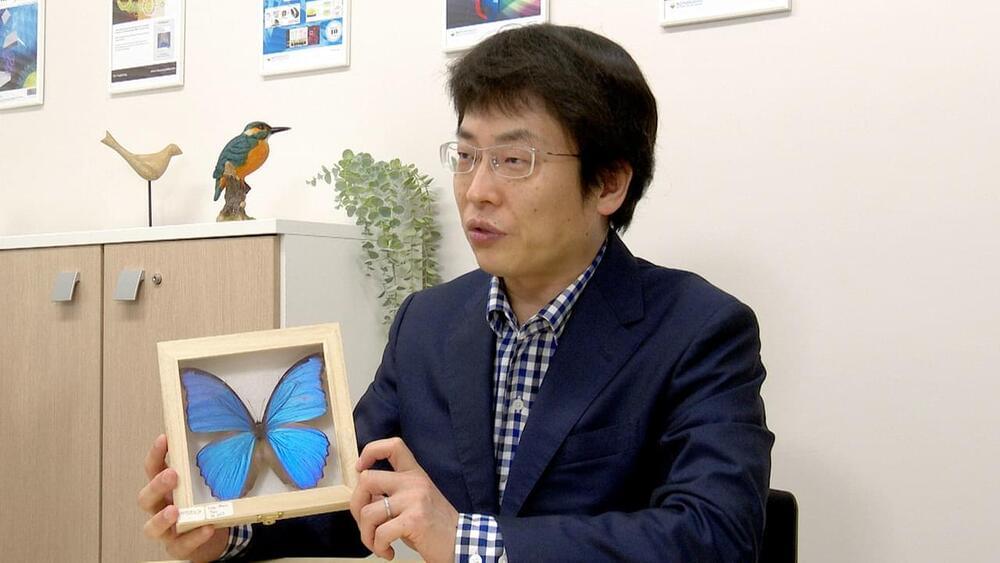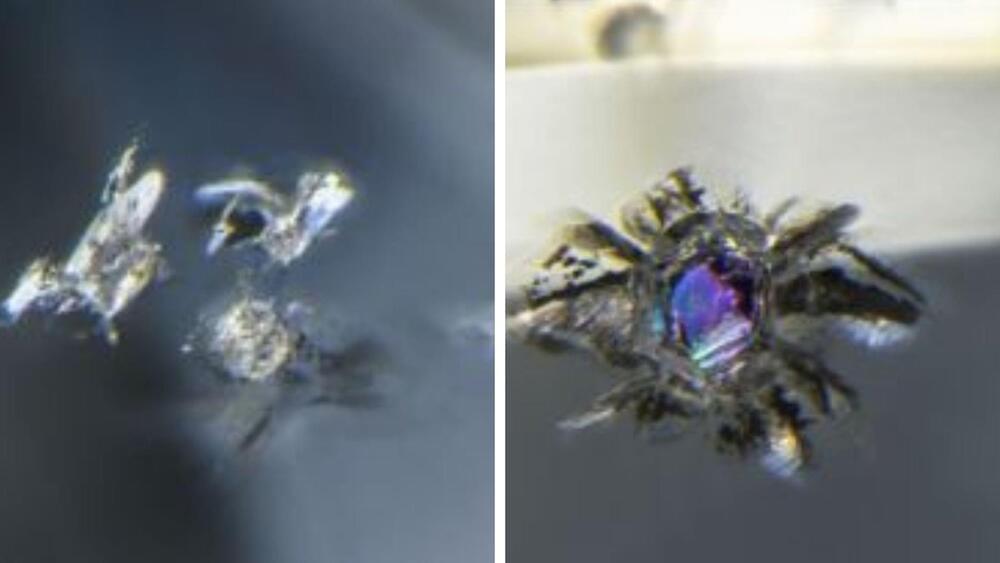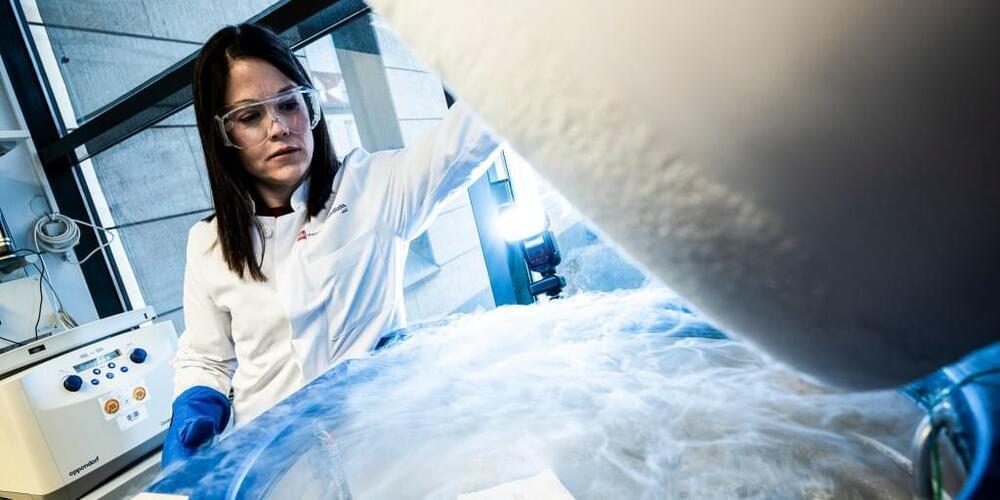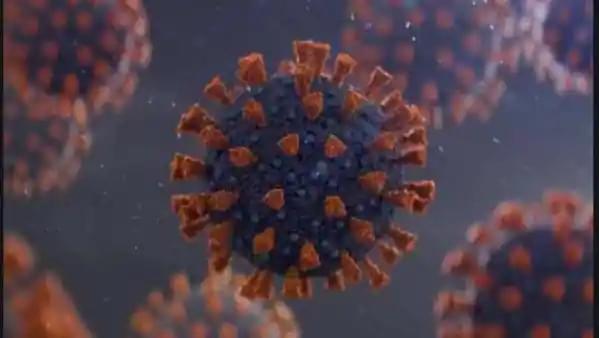The use of immunodetection assays including the widely used enzyme-linked immunosorbent assay (ELISA) in applications such as point-of-care detection is often limited by the need for protein immobilization and multiple binding and washing steps. Here, we describe an experimental and analytical framework for the development of simple and modular “mix-and-read” enzymatic complementation assays based on split luciferase that enable sensitive detection and quantification of analytes in solution. In this assay, two engineered protein binders targeting nonoverlapping epitopes on the target analyte were each fused to nonactive fragments of luciferase to create biosensor probes. Binding proteins to two model targets, lysozyme and Sso6904, were isolated from a combinatorial library of Sso7d mutants using yeast surface display.

